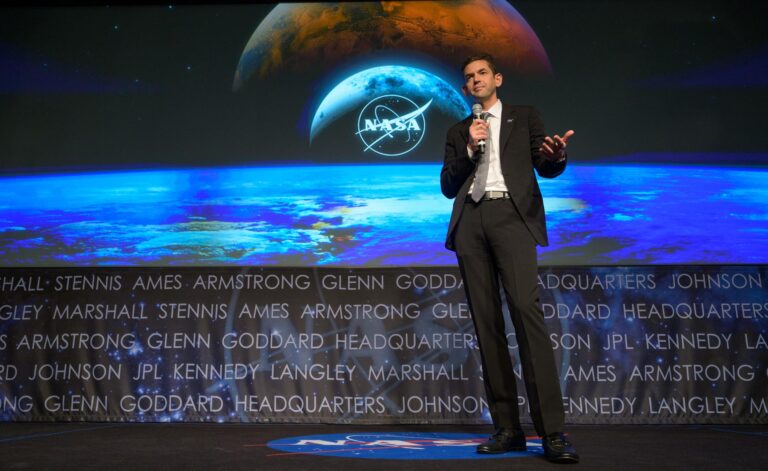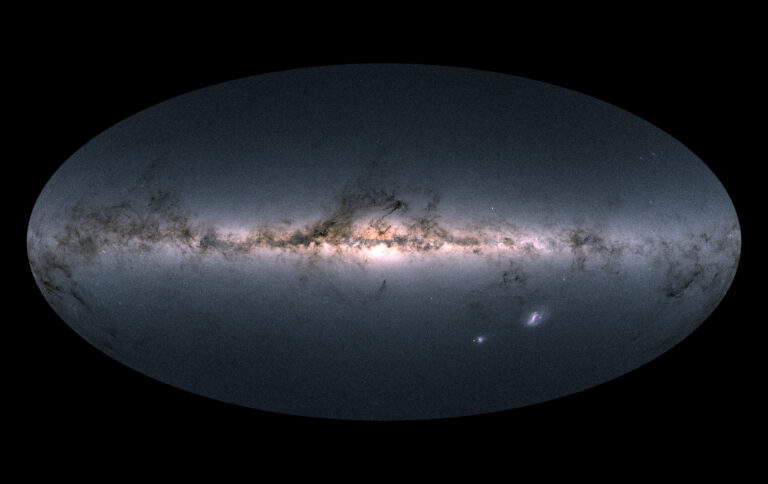Key Takeaways:
A team of scientists says it has determined a value for the Hubble constant — the universe’s expansion rate — using a new method that combines data from NASA’s Chandra X-ray Observatory and ground-based radio telescopes. The group finds a Hubble constant of 48 miles per second per 3.26 million light-years (77 kilometers per second per 3.26 million light-years).
Finding an accurate value for the Hubble constant is critical to determining accurate distances to celestial objects. “The reason this result is so significant is that we need the Hubble constant to tell us the size of the universe, its age, and how much matter it contains,” says Max Bonamente of NASA’s Marshall Space Flight Center (MSFC) in Huntsville, Alabama.
Astronomers dispensed with the traditional distance-ladder method of distance determination, in which objects at farther distances are based on distances to nearby galaxies. Most commonly, scientists use “standard candles” — well-known brightnesses such as supernovae and the predictable pulsation periods of Cepheid variable stars, or a combination of the two — to determine distances to cosmic objects.
Instead, Bonamente and his colleagues used ground-based radio telescopes to study distortions in the cosmic microwave background (CMB) and Chandra to measure the characteristics of hot gas in 38 galaxy clusters from 1.4 billion to 9.3 billion light-years away. From these data, the astronomers found the angle subtended by each cluster and its physical size. Then, the astronomers used geometry to find each cluster’s distance. To find the Hubble constant, they divided already known cluster speeds by the new distances.
How much matter the universe contains relates directly to how the universe will end: too little matter, and the universe will expand until all its heat has dissipated and objects are far from one another; too much matter, and the universe eventually contracts into what cosmologists call the “Big Crunch.” In this scenario, objects are drawn together by gravitational attraction until the universe collapses in on itself.
The Hubble constant, named for astronomer Edwin Hubble, who first observed cosmic expansion in 1929, is one of the fundamental numbers cosmologists use in describing our universe. But its value has been difficult to pin down.
Previous Hubble constant measurements using the Hubble Space Telescope arrived at a value of 72 km/sec/3.26 million light-years with an uncertainty of 10 percent. The new study, which independently confirms this figure and sets the age of the universe at 12-14 billion years, appears in the August 10 issue of The Astrophysical Journal.










